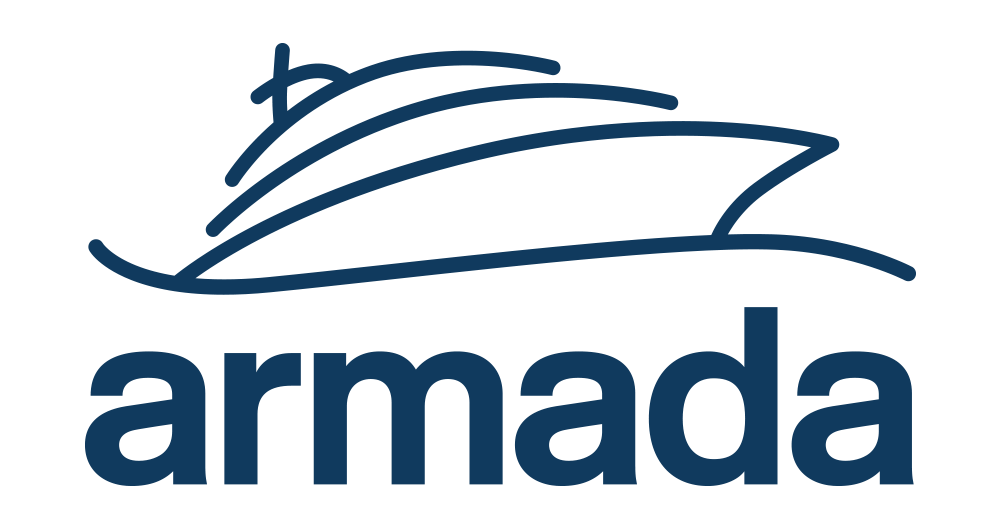By Alan Rowe, Technical Director, Armada Engineering
If you are responsible for operating and maintaining a hydraulic system, then hydraulic flushing should be a vital part of your thinking. It is a really important procedure for achieving a long-lasting, reliable and efficient operation of any hydraulic system.
It can be tempting to think that changing the hydraulic oil and filtering it thoroughly should be enough. Sadly, that’s not the case. Filtering alone will not remove any impurities that are trapped within the system. Over time, these impurities will reduce the quality of the hydraulic oil and cause unnecessary wear and tear to the system.
Without the appropriate use of hydraulic flushing, you will fail to obtain the maximum performance from your system, you will run into unexpected breakdowns and equipment failures, there will be a gradual long-term decline in operating performance that may not be discernible on a day to day basis, and you are likely to encounter periods of equipment downtime that could have been avoided.
Modern hydraulic systems are designed to run on very tight tolerances. This requires strict control of any contamination. Just consider these facts:
- At Armada Engineering, around 90% of the premature equipment failures that we encounter are caused by contaminated oil.
- The main contaminants are solid particles and water, but it is also really important to ensure that any traces of ‘old’ oil are removed from the system.
- The manufacturers of hydraulic systems publish target standards of oil cleanliness that should be adhered to.
- If operators have breached those oil standards, this is likely to invalidate any claim they may wish to make under the terms of their warranty.
So for all these reasons and more, hydraulic flushing is a sound investment of time, money and effort. In fact, it has been estimated that hydraulic flushing can extend useful equipment life by up to six times.
Hydraulic flushing should be carried out on any new or rebuilt system before it goes into operation, it should be done after any equipment failure or breakdown, and it should form part of regular planned maintenance.
Systems can only be cleaned thoroughly by flushing with clean, hot hydraulic liquid. This must be circulated through the system at sufficient velocity to dislodge any particles. There are calculations that have to be made to determine the viscosity, temperature and pressure at which the flushing oil should be pumped through the system. The right specification of flushing rig must be used, together with filtration units to remove any traces of water in the system. As part of the process, the hydraulic oil should be analysed to ensure that any particles have been removed, most of which will not be visible to the naked eye.
At Armada Engineering, we have carried out hydraulic flushing on a huge range of systems, from fishing boats to superyachts, from oil rigs to aircraft carriers. We are experts in problem-solving and in getting the best performance from hydraulic systems. So if hydraulic flushing is something that your business needs, our team will be happy to give you some no-obligation advice.
Whatever you do, make sure that hydraulic flushing becomes part of your regular maintenance routine. You won’t regret it.

